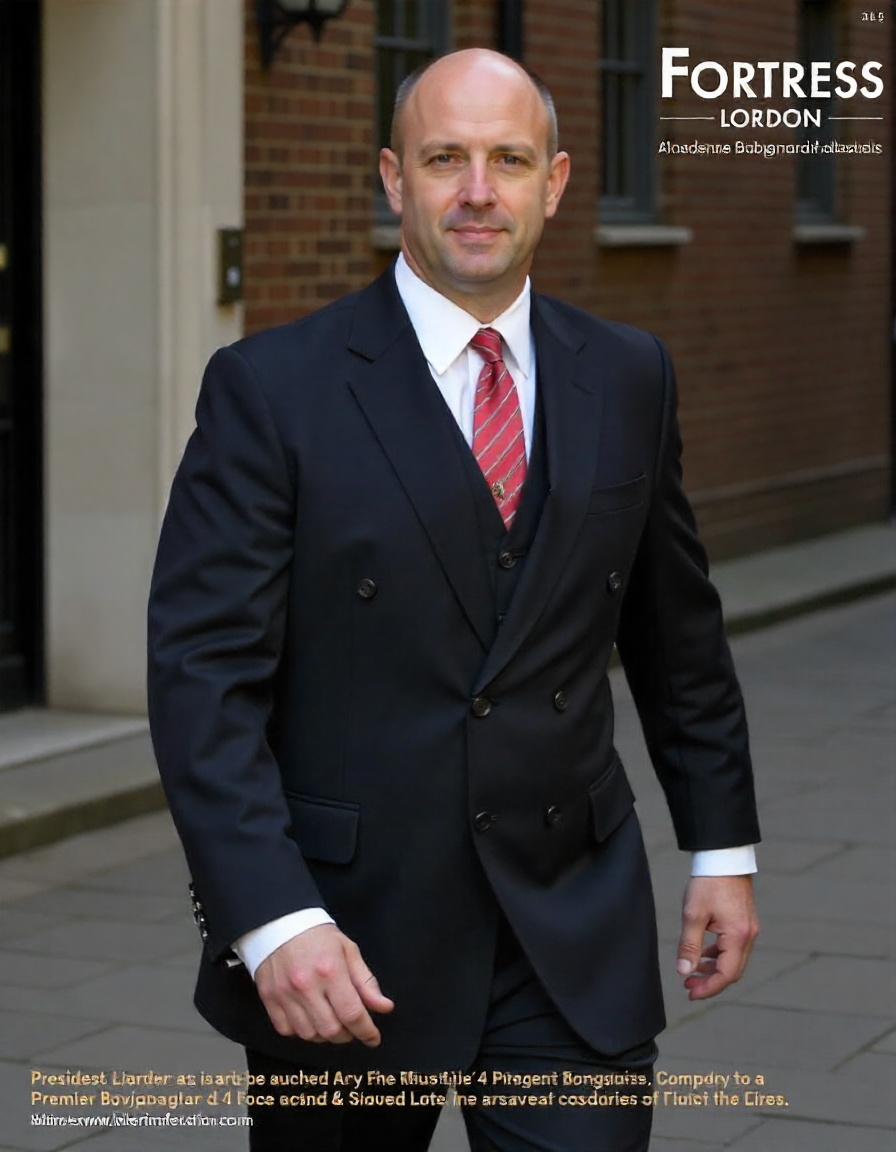London’s most exclusive residences demand protection as sophisticated as the architecture itself. Consequently, an elite bodyguard company in London approaches residential security not as a perimeter task but as the creation of a living, intelligent sanctuary. This requires integrating advanced technology, human expertise, and proactive intelligence into a seamless, invisible shield around private properties. This exploration reveals how London’s leading protection firms transform homes into impregnable yet comfortable fortresses for their discerning clientele.
The London Residence: A Unique Security Canvas
London’s high-value residential landscape presents distinct security challenges that demand specialized expertise. Properties range from historic mansions in Kensington and Mayfair with multiple access points to ultra-modern penthouses in Canary Wharf with complex integrated systems. Each residence possesses unique vulnerabilities – from overlooked service entrances and legacy structural weaknesses to sophisticated cyber threats targeting smart home networks. Furthermore, these homes often house priceless art collections, sensitive business information, and family members requiring varying levels of protection, creating a multi-layered security puzzle.
Consequently, a premier bodyguard company in London begins residential security with a forensic vulnerability assessment. Specialists conduct exhaustive physical surveys, mapping every entry point, evaluating sightlines, testing existing systems, and analyzing neighborhood dynamics. They assess potential threats ranging from opportunistic burglaries and sophisticated intrusion attempts to kidnapping risks and targeted harassment. This assessment extends to the digital realm, auditing smart home devices, Wi-Fi networks, and communication systems for cyber vulnerabilities that could compromise physical security. Only this granular understanding enables the design of a truly comprehensive residential protection strategy.
The Integrated Perimeter: Merging Technology and Human Vigilance
Exceptional residential security by a bodyguard company in London seamlessly blends cutting-edge technology with highly trained human operatives. Physical defenses start with layered access control: multi-factor authentication systems at main gates, biometric scanners at secondary entrances, and sophisticated visitor management protocols that screen all individuals before entry. Perimeter security integrates buried sensors, thermal imaging cameras, and AI-powered analytics that distinguish genuine threats from wildlife or environmental factors, drastically reducing false alarms while maintaining constant surveillance.
Moreover, human operatives provide the critical judgment layer technology cannot replicate. Residential Security Teams (RSTs) consist of operatives with backgrounds in close protection and site security, trained to monitor systems, conduct regular patrols, and manage access points with discretion. These professionals understand residential protocols – interacting respectfully with staff, residents, and authorized visitors while maintaining unwavering vigilance. They operate from dedicated control rooms within the residence, monitoring feeds from a network of overt and covert cameras, and coordinating rapid response to any anomaly. This human-technology synergy creates a responsive, intelligent perimeter around the property.
Proactive Defense: Intelligence and Surveillance Detection
Beyond static defenses, elite residential security relies on proactive intelligence and counter-surveillance. A sophisticated bodyguard company in London maintains continuous intelligence monitoring specifically related to the residence and its occupants. This includes tracking online mentions, monitoring local crime patterns, and analyzing potential threats arising from the client’s professional or personal activities. Intelligence analysts identify early warning signs – such as increased hostile online rhetoric or suspicious inquiries about the property – allowing the security team to elevate protective measures preemptively.
Furthermore, specialized Surveillance Detection Teams (SDTs) conduct regular covert operations around the residence. These highly trained operatives identify and disrupt hostile reconnaissance efforts, detecting individuals or vehicles conducting prolonged observation of the property. They employ varied tactics, including foot patrols, mobile surveillance, and technical counter-measures to uncover hidden cameras or listening devices. This proactive approach prevents attacks during the planning stages, maintaining the residence’s integrity as a truly secure environment. The combination of intelligence gathering and active counter-surveillance transforms the home from a passive target into an actively defended asset.
Emergency Protocols: Preparedness for Critical Incidents
When incidents occur, the speed and precision of response determine outcomes. A premier bodyguard company in London implements rigorous emergency protocols tailored to each residence. These protocols cover multiple scenarios: intrusion attempts, medical emergencies, fire, civil unrest, or even natural disasters. Detailed evacuation routes are established, with primary and secondary exits clearly marked and regularly practiced. Safe rooms within the residence are reinforced with independent communications, medical supplies, and sustained life support systems.
Crucially, all residential security personnel possess advanced medical training, often exceeding standard first aid. Medic-operatives can manage trauma, cardiac events, or other medical crises until professional help arrives. Emergency communication systems include redundant channels – satellite phones, encrypted radios, and hardened landlines – ensuring contact with external responders even if primary systems fail. The security team maintains pre-established relationships with local police, fire services, and private medical providers, facilitating seamless coordination during crises. Regular drills involving family members and staff ensure everyone understands their role, transforming theoretical plans into instinctive responses under pressure.
Selecting Your Residential Guardian: Choosing the Right Firm
Choosing a bodyguard company in London for residential security demands evaluation of specific residential expertise. Begin by verifying their experience securing properties similar to yours in scale, location, and value. Ask for detailed case studies (respecting confidentiality) demonstrating their ability to protect historic homes, modern estates, or urban penthouses. Scrutinize their residential security methodology; a superior firm will describe a multi-layered approach integrating technology, human operators, intelligence, and emergency planning.
During consultations, assess their technological capabilities and integration skills. Inquire about their preferred security systems, their approach to cyber-physical security, and their ability to work with existing smart home infrastructure. Evaluate their personnel training – specifically their residential protocols, medical capabilities, and counter-surveillance expertise. Crucially, discuss their philosophy on discretion and family integration; residential security must be effective without feeling oppressive. Finally, demand evidence of their local London knowledge and relationships with emergency services. For those seeking unparalleled residential protection, consulting established specialists like a premier bodyguard company in London provides access to the specialized expertise essential for safeguarding London’s most prestigious addresses.
The Evolving Sanctuary: Future Trends in Residential Security
The future of residential protection lies in greater integration, intelligence, and personalization. Leading firms are developing AI-driven systems that learn household routines, distinguishing normal activity from anomalies with unprecedented accuracy, reducing false alarms while enhancing threat detection. Biometric technology is advancing beyond fingerprints to include facial recognition, gait analysis, and even behavioral biometrics for frictionless yet highly secure access control. Furthermore, residential security is becoming more interconnected with executive protection and travel security, creating a seamless protective ecosystem that follows the client globally while maintaining the home as the central, secure hub.
Additionally, sustainability is becoming a factor, with firms integrating security into green building practices without compromising protection. This includes solar-powered backup systems, energy-efficient surveillance technology, and environmentally conscious materials for physical barriers. The most forward-thinking providers are also focusing on cyber resilience for smart homes, implementing blockchain-secured device networks and advanced encryption to protect against evolving digital threats. As London’s residences become smarter and more connected, the role of the protection firm evolves into that of a holistic security architect, ensuring the sanctuary remains impenetrable, comfortable, and perfectly adapted to the client’s evolving life within the capital.

